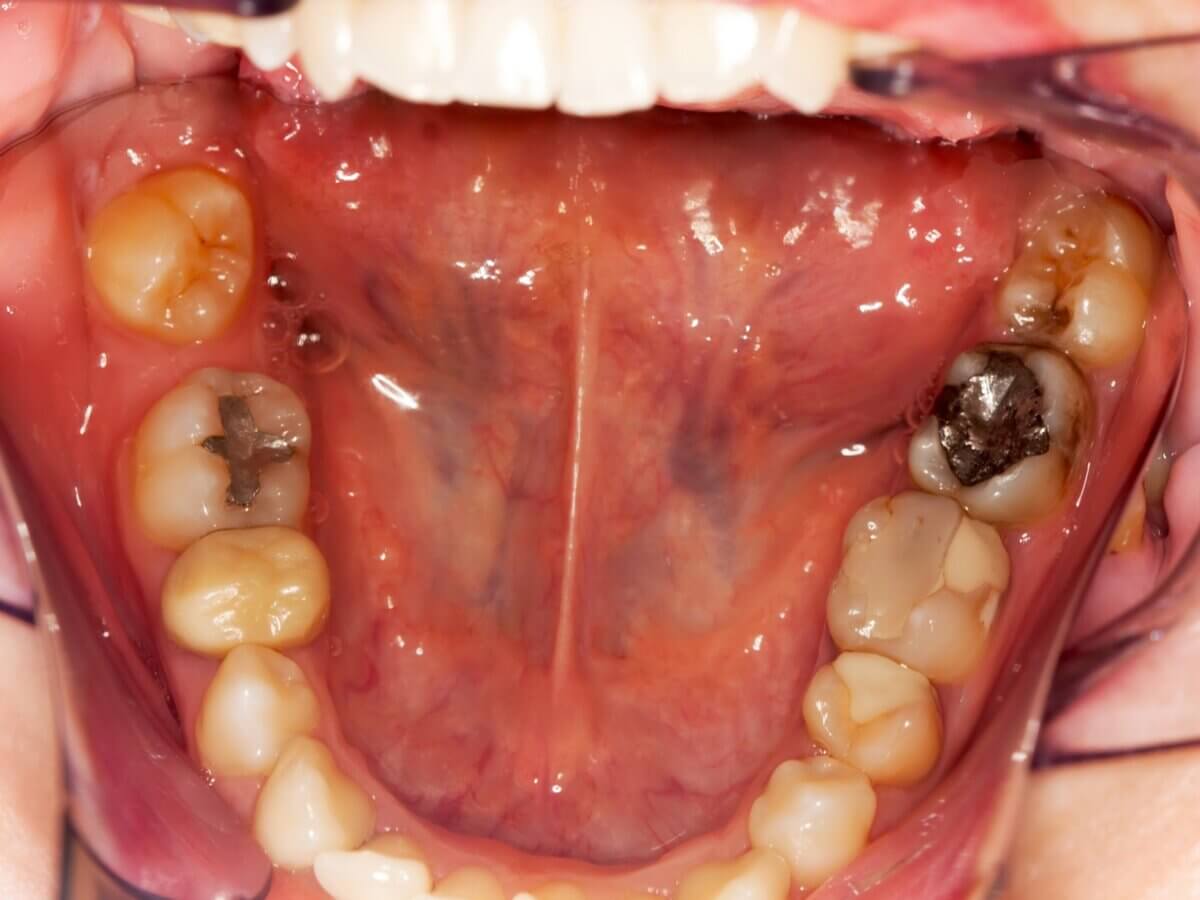Blog
Dental hygiene tips for healthy teeth & gums

What Filling is Right for You?
Despite all your efforts to keep your teeth germ-free with regular brushing and flossing, you can still suffer from tooth decay. Fortunately, removing your affected tooth is not the only solution. You can fill in cavities with various dental fillings that can restore the structure of your teeth.
We know dental fillings can get your damaged tooth rectified; the looming question is what kind of filling you should go for. There are many fillings available in the market, each with its unique features, pros, and cons. Let us go through a list of fillings to understand what filling would work best for you.
- Amalgam (Silver fillings) – These are among the oldest types of fillings and have been used for more than 150 years. They are the cheapest among all fillings and are strong and durable. They are made with a combination of mercury and metals like tin, silver, or copper. The drawback of this filing is that it doesn’t look appealing, so if appearance is a concern for you, this filling might not suit you.
- Composite Resin (While filling) – These are popular types of filling that blend well with the rest of your teeth. They are made of resin and plastic and are chemically bonded to your tooth using blue light (termed as curing process), which gives it a reliable fit. But if your teeth are not strong and in good condition, then these filling are not recommended for you since the filling would weaken your teeth further. They are also not so durable and last just 3 to 10 years, so keep in mind all these factors when you choose this filling.
- Gold Filling – This filling has been used for over 1000 years because the body does not reject it and responds well to this filling. Your gum tissues can tolerate gold inlays well, and they last 20 years or so, which can give you peace of mind too. Their drawbacks are they need several visits to finish the process and are an expensive choice.
- Glass Ionomers – This type of filling is best suited for kids whose teeth are still changing. Made from glass and acrylic, this type of filling lasts less than five years. These fillings also release fluoride, so if your child has any issue with fluoride, you must consider that before choosing this filling.
- Porcelain (Ceramic fillings) – Porcelain fillings epitomize dental restoration. They are durable, and the color blends perfectly with your teeth, making them the most visually appealing filling. Another factor that adds to the benefits of this filing is that it is resistant to coloring. But they are expensive fillings and are close to the cost of gold fillings. They are also slightly less durable than metal fillings. They are made to order, and you might have to visit your dentist more than once to complete this type of restoration.
Consult your Dentist
Visiting the dentist is advisable as they can recommend the best filling based on your teeth condition, and lifestyle. You must also factor in your budget, location of your cavity, insurance coverage, and the severity of decay when looking for teeth fillings options.
Book Appointment to find out which treatment might be best for you.


